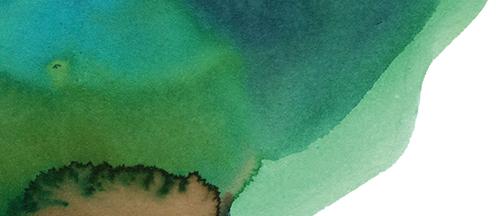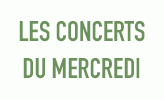Lille Opera
The old theatre built in 1788 at the heart of the city is destroyed by fire.
City leaders launch a competition for the construction of a new building. The winning project by architect Louis-Marie Cordonnier seeks to reproduce a hall in the Italian style (one of the last examples built in France).
The neo-classically inspired building adopts in part the composition of the Palais Garnier, but with a different general morphology and more modest proportions.
The main construction is completed in July 1914, at the start of the First World War. (While work is being completed,) the Germans occupy the Opera and present about a hundred shows and concerts during the four years of occupation.
After the German occupation and a period of refurbishing, the "Grand Theatre", as it was called at the time, gives its "first French production”. Some 20 years separate the end of construction and the official inauguration of the Opera.
The Opera hosts the great lyric and dramatic artists such as Cabanel, Jose de Trevi, Huberty, Georges Thill and many others. The inside of the building is refurbished several times prior to the big renovations of 1998.
The aging of certain sections of the Opera and the desire to propose to the public a theatre of high technical and aesthetic quality encourage the City of Lille to close the building and undertake major renovation works, led by architects Patrice Neirinck and Pierre-Louis Carlier.
The modernisation of the stage benefits from the most advanced technologies to allow the presentation of all type of shows. New rehearsal spaces are also built on the top floor of the building for use by the artists. With these new features, the Lille Opera thus has the best tools for the creation of opera and dance shows.
The reopening of the Opera is a major event in the launch of Lille 2004 European Capital of Culture.
Highly colourful, the first season of the new Lille Opera receives a wide and enthusiastic reception from the public of the region. In the first season, some 25% of subscribers were under the age of 26.
The Lille Opera functions at full pace to offer to audiences of northern France and Belgium numerous events with the lyric repertoire and creations, contemporary dance and music.
The Lille Opera celebrates its 10th anniversary with an extensive repertoire of new productions and lyric creations and an audiovisual policy allowing it to share the lyric repertoire with the widest audience possible.
Grand Hall
Today one of the architectural icons of Lille, the Opera was designed in 1907, in a neoclassic style, by the architect Louis-Marie Cordonnier (1854-1940), a native of the region. Inaugurated in 1923 and renovated between 1998 and 2003, it constitutes one of the most beautiful examples of the Italian-style opera house of the 20th century.
Throughout the year, the Lille Opera proposes a rich programme of operas, concerts and contemporary dance shows accessible to all.
Foyer
A place to promenade, with its five big bay windows, the foyer extends the whole length of the building. The public is invited there during intermissions for drinks. The decor includes a painted ceiling known as “The Round of hours”, oval paintings representing “Music” and ”Dance” painted by Georges Picard and allegoric sculptures (Georges-Armand Verez). The Wednesday Concerts at 6 p.m. are organised each week in the Foyer: recitals, chamber music, world music... 1 hour of music for 10€!
Grande Hall
The Italian-style hall is characterised by its horseshoe shape, where hall and stage respond to one another, separated by the orchestra pit. Composed of a large audience, four levels of galleries and loges, it has a capacity of 1138 places. Themes of the arts govern the decors of the hall, as seen in the motto "Ad alta per Artes" (To the heights via the Arts), written above sculptings by Edgar Boutry that dominate the stage. Dance, Music, Tragedy and Comedy frame a cupola around which are eight medallions paintde by Victor Lhomme and George Dilly illustrating the feminine virtues. To make the Opera accessible to all budgets, seats are on sale for all shows starting at 5€!
Plateau
Covering a surface of 450 m2, the plateau defines the stage space. Fully rebuilt during the renovations (2001) by the architects Pierre-Louis Carlier and Patrice Neirinck, it is today a state-of-the-art tool in the service of the artists.
Studio & Dance Foyer
Completely renovated between 2001 and 2003, the Dance Foyer and the Studio today offer rehearsal spaces for the artists and can host small format concerts or shows on the Happy Days for families.
Rotunda
The Opera’s old bar-smoking lounge is located under the main performance hall. This circular space is ringed by columns that define its contours. At the entrance of the Rotunda is the Little Dancer sculpted by Hippolyte Lefebvre (who also did the pediment on the facade representing Apollo and his muses). Conferences, exhibits, meetings: numerous free events based around the programming are proposed in this space each season.
Take to the skies with a video that shows you a bird’s eye view of the Lille Opera: an amazing vantage point!








